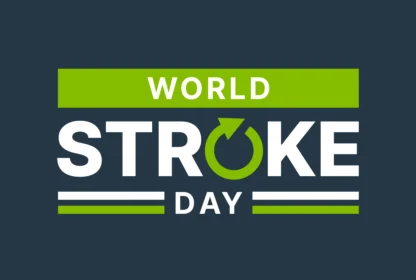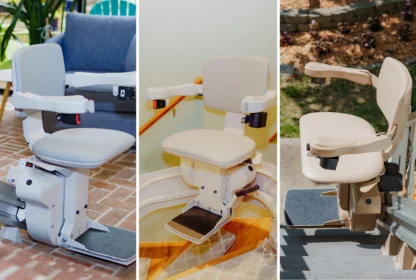
October is National Disability Awareness Month (NDEAM), and this year’s theme is InclusionWorks. This theme is more than just its catchy name – it is a poignant statement made in just two words. Inclusive employment practices work because they have immense benefits to companies, employees, and communities alike.
InclusionWorks: Why?
- Larger Talent Pools – when looking to fill a position, employers want the absolute best person for the job. In many cases, that person may have a disability. If employers immediately exclude all individuals with disabilities from the position, they lose out as they may be passing over a highly-qualified candidate who would have been the perfect fit. According to the U.S. Census Bureau, in 2010, nearly 20% of the population (or 56.7 million people) had a disability. This is a huge number of talented potential employees to pass by!
- Differing Perspectives – individuals living with disabilities undoubtedly have unique perspectives on a variety of topics. Hiring disabled individuals allows their voices to be heard, which in turn can help the company expand its customer base by appealing class="bullet-list v2"> to those 56.7 million disabled individuals – a win for all! Many of those disabled candidates may be veterans, who definitively offer a unique perspective and skill set.
- Better Quality Employees – we as a nation have taken great strides in promoting equal hiring practices, as we recognize that it is absurd to discriminate based on gender, race, or religion (not to mention illegal). Disability is no different – potential candidates should be judged solely on their qualifications to perform the job at hand. This is the only way to ensure that the best person gets the job, benefiting candidates, companies, and the entire economy as a whole.
- Increasing Employment Rates – many individuals with disabilities may be limited in the scope of work that they are physically or mentally able to do. This can make it harder to find employment, especially as they attempt to overcome discriminating hiring practices in addition to their own limitations. The result? Unemployment, poverty, welfare, and so on. When those who are willing and able to work cannot find jobs, their circumstances become everybody’s responsibility as they are forced to depend upon government assistance. Conversely, higher employment rates have many benefits, including boosting consumer spending, positively impacting our local and national communities.
InclusionWorks: How?
Most employers do not consider themselves to be discriminatory and would agree with the benefits of hiring individuals of all abilities. However, it can be difficult to hire those with disabilities if those individuals do not apply for open positions. This poses the question – how do companies go about inviting those with disabilities to apply (without risking reverse discrimination)?
- Application Process – Consider how and where you post job listings. Does your application process require candidates to fill out a form on your website? If so, is your website accessible? If not, you have inadvertently placed a barrier between your company and your candidates. Check out this article from W3C for more details on the Web Accessibility Initiative and how to ensure that your website meets accessibility guidelines.
- Physical Accessibility – Is your facility accessible? If your worksite is not handicap-accessible, consider adding items such as Ramps, Platform Lifts, and Handicap-Accessible bathrooms so that you can accommodate employees of all abilities. (Worried that these updates may be too expensive? Hiring individuals with disabilities often make your business eligible for tax credits that can help to offset the cost of workplace accessibility equipment costs!)
- Recruiting – Proactively recruit disabled individuals. One resource that all employers can take advantage of is the Workforce Recruitment Program, a recruitment and referral program that connects employers with “highly motivated college students and recent graduates with disabilities who are eager to prove their abilities in the workplace through summer or permanent jobs”
- Flexibility – Consider flexible work arrangements or part-time positions. Some disabilities may make it difficult for employees to sit at a desk for eight hours each day, or to commute to the workplace each day. Fortunately, technology makes it possible for many job functions to be performed remotely or even during flexible hours. As long as the employee can produce effective results and meet deadlines, why should the workplace or typical workday preclude him or her from doing so?
With the numerous benefits of inclusive hiring practices, it is easy to see how and why #InclusionWorks. Are you or a loved one disabled and seeking employment? Check out The Best Jobs for People with Disabilities from Forbes.


